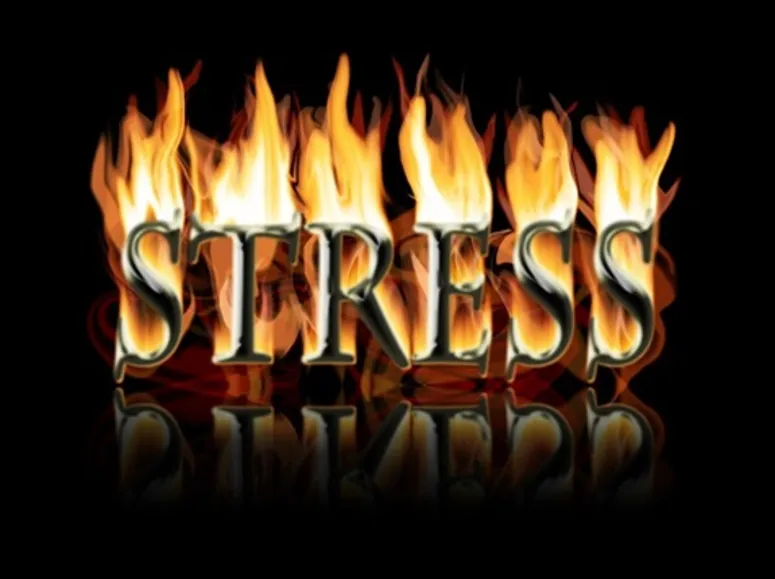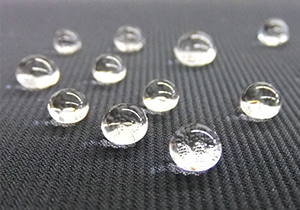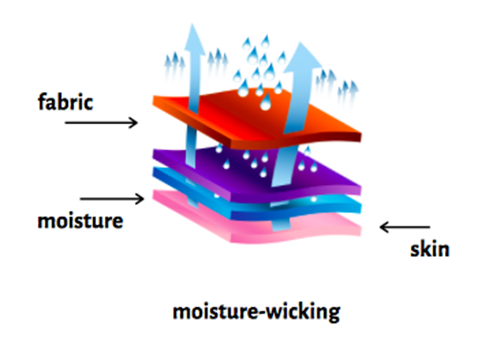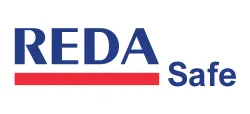Clothing for Colder Summer and Warmer Winter

Introduction
Understanding how our clothes can keep us cool in hot weather and warm in cooler times is important. This article looks at why we sweat, how too much heat can be harmful, and how certain fabrics help us stay comfortable. We'll learn about special materials that pull sweat away from our skin and why they are good for us. Join us as we find out how choosing the right clothes can make us feel better and safer, no matter the weather.
What Is Sweat?
When the weather is hot (which is the case most of the time in Saudi Arabia), Human body temperature rises, and sweat is released through ducts in the skin to wet the surface of our bodies and cools it down as it evaporates.
So basically, sweat’s main function is to control body temperature. And as the water in the sweat evaporates, the surface of the skin cools.
The most important part of this process is that sweat evaporates or is absorbed by our clothes. This process is named wicking.
What is Heat Stress?
Heat stress occurs when the body cannot get rid of excess heat. When this happens, the body's core temperature rises and the heart rate increases.
When workers wear non-wicking clothing, heat illness can develop. This is even worse when it is mandatory to wear non-breathable protective clothing which can put workers at greater risk from heat-related illness.
It can happen outdoors or indoors in work conditions, as heat stress is increased due to the inability of the body to get rid of excess heat and cool itself. Heat stress may cause workers to feel sick or disoriented and put workers at risk for related occupational injuries. If not treated immediately, heat stress can cause the body to begin to shut down and may eventually lead to death.
The clothing worn by workers plays a big role in either contributing to or reducing the risk for heat illness. Non-breathable protective clothing and equipment puts workers at greater risk for heat-related illness.
Most people feel comfortable in air temperatures ranging from 20-27°C, assuming relative humidity isn’t higher than 60 percent. While the average human body temperature is 37°C, which is subject to rise or fall throughout the day due to physical activity, if clothing is wicking sweat, the body has the ability to cool itself.
What Are Hydrophobic Fabrics?
Hydrophobic fabrics act like a dry barrier or resist moisture. A well-known fabric is polyester, which naturally has hydrophobic characteristics. While the opposite well known fabrics are cotton which is naturally absorbent.

Hydrophobic fabrics
What Is Wicking?
Wicking is the action of moving moisture by passageway action from the inside to the surface.
A moisture-wicking fabric has two jobs: one is quickly moving (or wicking) sweat to the fabric's outer surface, and the other is drying rapidly so that your sweat doesn't saturate the fabric.

Moisture wicking
Difference between Inherited Wicking Fabric and Treated
When fabrics have a percentage of naturally wicking fiber, it is classified as fabric with inherited properties. However, when a wicking agent is added to the fabric surface, it is called treated for wicking. This treatment has two disadvantages:
- It is washed out.
- It is a chemical treatment that is added.
Moisture-Wicking Should Be Considered
Excessive perspiration leads to skin irritation and heat rash. Inherited wicking fabrics can have better Moisture management which can keep workers dry by pulling moisture away from the skin and pushing it over a larger area so it can dry quickly. Fast drying also helps ease heat stress through evaporative cooling.
Conclusion
Employers are required to focus on breathable products to help workers reduce heat stress. Besides adding improvements to worker health and safety, it can improve productivity, when physical discomfort is released, workers can focus on the task at hand.
Employers and employees should stress on the fabrics components to have fibers that are naturally absorbent to sweat and not treated.
